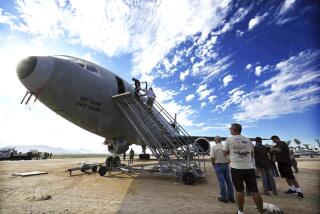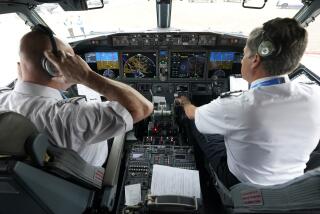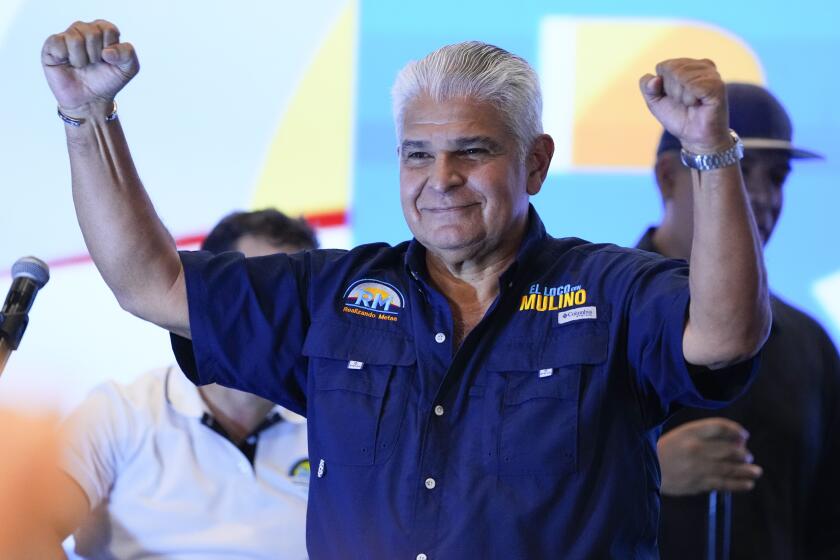Miami air traffic controller suspended after sleeping on job
Federal officials moved Saturday to address the problem of air traffic controller fatigue and announced they would adjust workers’ schedules after another controller fell asleep on duty, this time at a center handling high-altitude air traffic near Miami.
The latest incident came to light when one controller reported that a co-worker was asleep on duty Saturday. A preliminary review showed that the sleeping controller did not miss any calls from pilots.
But the incident — the seventh reported to the Federal Aviation Administration this year — highlighted the urgency of the issue.
“We are taking swift action to ensure the safety of our aviation system,” Transportation Secretary Ray LaHood said in a prepared statement. “There is no excuse for air traffic controllers to be sleeping on the job. We will do everything we can to put an end to this.”
FAA Administrator Randy Babbitt said the agency would change scheduling practices that were most likely to promote fatigue. He didn’t say what those changes would be, but said they would take effect within three days. “We know we will need to do more,” he said in a statement. “This is just the beginning.”
In March, a single controller at Reagan National Airport in Washington, D.C., fell asleep and could not assist two jetliners that nonetheless landed safely. The incident brought the issue to the forefront, prompting the FAA to order that officials around the country report instances of sleeping controllers to the federal agency, rather than handling cases as disciplinary matters at the local level.
In a later case, a medical flight was unable to contact a lone controller working the overnight shift at the Reno airport. The plane landed safely with help from controllers at a regional radar facility.
The FAA has since placed an additional air traffic controller on the midnight shift at airport control towers and other facilities that previously had only one controller on duty at night.
Last week, the head of the FAA Air Traffic Organization turned in his resignation.
On Monday, Babbitt planned to visit facilities around the country to speak with controllers and their managers about professional standards.
Federal officials and aviation experts say systemic changes are still needed. Babbitt has ordered what he called a “top to bottom” review of the entire air traffic system. Agency officials say they are working with the National Air Traffic Controllers Union to address questions of controller safety.
Fatigue is a persistent problem, said one aviation safety consultant, because air traffic control is necessary around the clock and can’t be performed by computers.
“It’s a job that has to involve a human, because it requires judgment,” said Ramin Pourteymour, a retired United Airlines captain and aviation safety consultant. “But human beings get sleepy at night, unless they are very well rested and have a backup system for those times when they are not alert.”
Some experts recommend regular alarms and alert systems requiring a response from controllers as a backup, he said.
The Miami incident occurred at a center that controls airspace at high altitudes. Before the start of the midnight shift, controllers were instructed on professionalism and the importance of reporting to work ready for the job, according to the FAA report.
There were 12 controllers on duty and two managers on the job at the time. Although the controller was asleep, there was “no impact to flight operations,” according to an agency official.
As in all the other cases in recent weeks, the sleeping controller has been suspended from duty.
More to Read
Start your day right
Sign up for Essential California for news, features and recommendations from the L.A. Times and beyond in your inbox six days a week.
You may occasionally receive promotional content from the Los Angeles Times.







